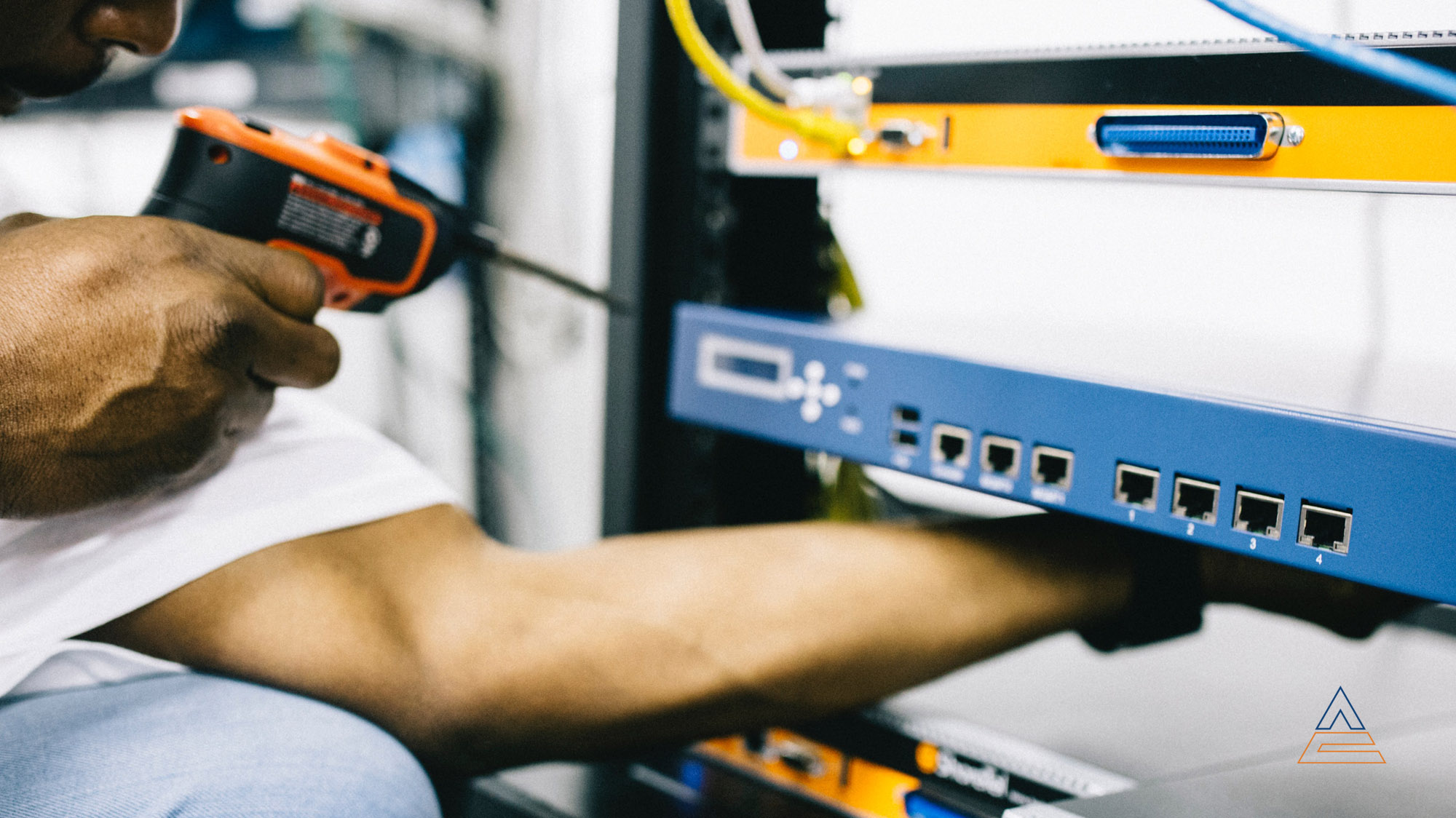
Oliver Kreienbrink
Risk management in networked procurement
Three major topics are currently occupying purchasing and supply chain managers: digitalisation, risk management and sustainability. And all three issues are doing so at a speed unheard of in the last 50 years. The significant increase in supply chain disruption, supplier or bid failure and pressure for sustainable value creation are occurring at ever shorter intervals.
Digitalisation and automation of purchasing processes is important
Supply chains are now globally connected, even if the Tier 1 supplier is located within 100 km of the point of delivery, that supplier is sourcing its goods and services from a global supply chain. And this can only affect a small part, see the current bottlenecks for semiconductor chips. Taking this aspect into account, the current topics of digitalisation, risk management and sustainability cannot be considered individually. Sustainability was and is an important building block for risk management, digitalisation is unfortunately still too rarely considered in the area of „enablers“. The progressive digitalisation and automation of purchasing processes is important and right for purchasing departments, but it must also be reflected in risk management.
The most important interfaces of a company are its customers and suppliers. From the perspective of purchasing, the suppliers are the focus. This results in the function of supplier management, but also in a clear focus in risk management on the performance of suppliers. The most important concern in risk management was and is always the question: How do I recognise a supplier’s failure at an early stage (insolvency, natural disaster, purchase by competition, etc.)?
Risk management as a bracket
If one takes all aspects here and brings them together, the new role of risk management in purchasing and supply chain management becomes clear. Whereas in the past risk management was often seen as a time-consuming must and served less to manage risks and more to administer them, today it can be seen as a bracket around all important topics for purchasing and supply chain. And this works when strategic, operational and systemic risk is brought together from an internal and external perspective.
In the past, when purchasing used an internal ERP system (e.g. SAP R/3), there were only a few interfaces to the outside. Communication took place via faxes (a trainee was glad to put the orders on the fax at the end of the day) or by phone and mail. The exchange with suppliers took place via the sales staff, sometimes over a coffee. Today, digitalisation determines all of these areas in different ways. ERP systems are now in the cloud, communication is becoming collaboration via the appropriate channels, and documents are exchanged digitally. The visit of a sales representative is becoming the exception and business partners are becoming more international as a result. However, this also increases the risk on the system side. One example of this is the identity of the counterpart, but even the failure of a server can cause much more damage today than in the past. And what happens if a supplier is hacked and cannot produce, or even worse, data is stolen? Thus, this topic is becoming more and more important for a formative risk management.
Networking digitalisation, sustainability and supplier management
Related to this is the question of organisational anchoring. If today there is often a person responsible for risk management, usually the one who was available at the time, a formative risk management should take on a fixed function in a purchasing department. A formative risk management requires a continuous observation of trends and innovations, the evaluation of risk key figures as well as the development of strategies for risk avoidance. By linking digitalisation, sustainability and supplier management, important information can be provided for material group management in order to occupy new procurement markets at an early stage.
Oliver Kreienbrink
Managing Director. ADCONIA GmbH



